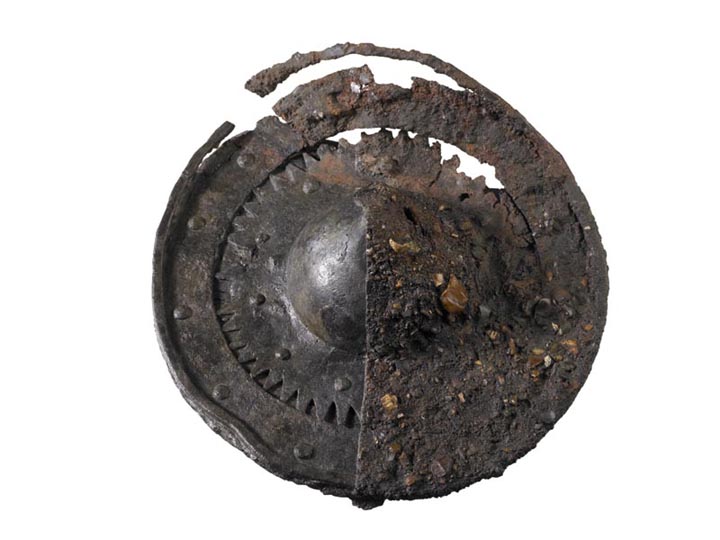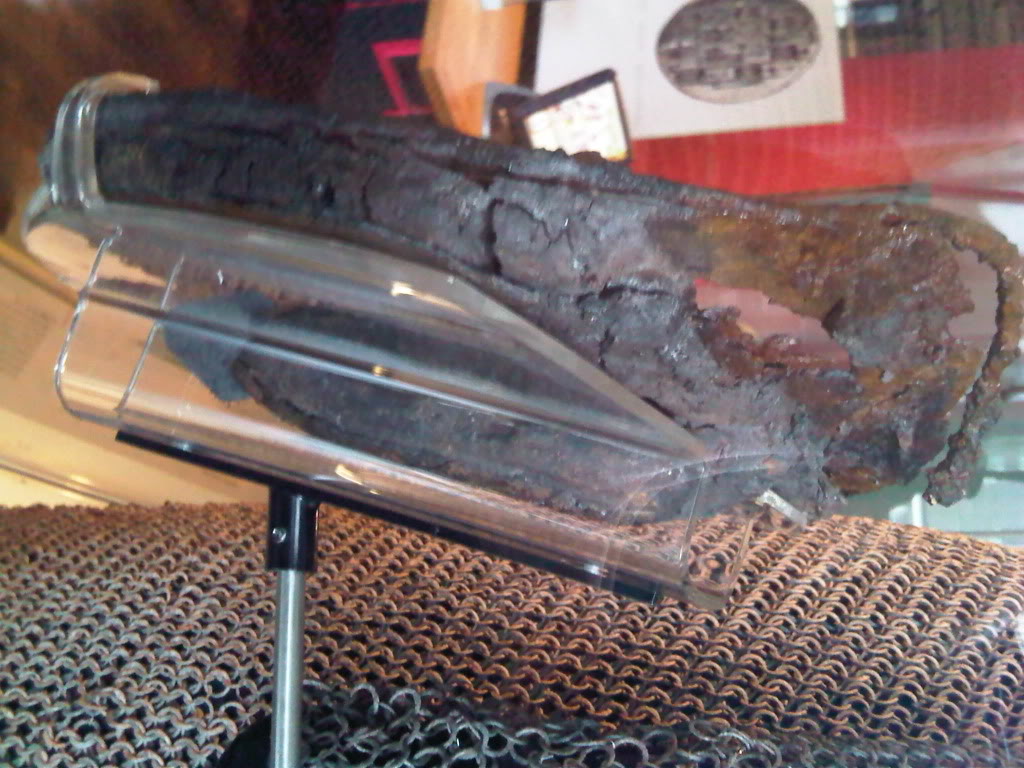Posts: 307 Location: Ottawa, Canada
Thu 24 Feb, 2011 6:34 pm
First off, while I know some bucklers historically were pointy, I don't think that thats what I.33 intends to depict by those images. In fact, I don't think it intends to show the buckler side on, crazy as that sounds. They are showing that the buckler is in and important special position.
There are two reasons for this. One is that the position I use for hat image is the only thing I've found that makes the fiddlebow disarm work as illustrated. The position also has tremendous application for other things, but fiddlebow is where it is crucial, and where I figured it out.
The other thing is, while the buckler is frequently used to pin the opponent's weapons, The manuscript never shows the buckler being used to strike with the face of it. So even if there is a spike, they never use it. The system does call for actions that require you to slip the buckler under your sword arm. A spike would be counterproductive for that.
I recommend the following bucklers:
http://www.merctailor.com/catalog/product_inf...ucts_id=57
http://www.alcheminc.com/bucklers.html
They are the correct size (I really prefer 11" for I.33 over any other option), and well made and both are good value at their price points. Both are American-made, which may increase your cost for shipping.
This guy is local to me and makes a decent cheap buckler:
http://cgi.ebay.ca/Buckler-Shield-Medieval-Ar...dZViewItem
Personally, I don't think they are as good value at the 'buy it now price,' but at the starting price, for sure they are.
I'm going to start filming and posting my interpretation of I.33 this weekend. The videos will not be particularly well edited initially, but they will be up on youtube. I'll mention it here when I do.


